On July 29, the National Meteorological Center of China issued an orange warning for rainstorms in many areas across the country. China's warning system consists of four color-coded levels, with red being the most serious warning, followed by orange, yellow and blue.

Heavy rain is forecast to continue in many areas on July 29 and 30, including the capital Beijing, neighboring Hubei Province and Tianjin City, as well as the provinces of Guangdong, Yunnan, Sichuan, Hunan, Guangxi Zhuang Autonomous Region, Guizhou and Hubei. Some areas are forecast to record up to 280 mm of rainfall in the next 24 hours.

The National Meteorological Center recommends that local authorities prepare emergency response plans and continue to raise vigilance against natural disasters such as flash floods and landslides.
In addition, the center also issued a blue warning of dangerous convective weather in many regions across the country from the afternoon of July 29 to the afternoon of July 30, with forecasts of the risk of thunderstorms, gusts of wind, and hail in some areas.
According to Xinhua, earlier the same day, China's National Development and Reform Commission said it had allocated 500 million yuan (about 70.11 million U.S. dollars) to support five provincial governments in overcoming the consequences of the storm and floods. The money will be allocated to key projects, including restoring damaged flood control and irrigation infrastructure, schools, hospitals and public facilities, thereby helping local people return to normal life as soon as possible.
Preliminary statistics show that Typhoon Gaemi - the third typhoon to hit China this year - has affected 766,900 people, causing direct economic losses of more than 1.6 billion yuan (about 224.35 million USD). As of the morning of July 28, authorities had evacuated about 312,700 people from dangerous areas. Rescue forces including 69,400 people and 15,600 pieces of equipment of various types were mobilized to participate in emergency response work. The storm also caused problems with the power and telecommunications networks, but they were promptly resolved.
KHANH HUNG
Source: https://www.sggp.org.vn/trung-quoc-ban-hanh-canh-bao-mau-cam-ve-mua-bao-tren-ca-nuoc-post751554.html



![[Photo] Da Nang residents "hunt for photos" of big waves at the mouth of the Han River](https://vphoto.vietnam.vn/thumb/1200x675/vietnam/resource/IMAGE/2025/10/21/1761043632309_ndo_br_11-jpg.webp)



![[Photo] Prime Minister Pham Minh Chinh received Mr. Yamamoto Ichita, Governor of Gunma Province (Japan)](https://vphoto.vietnam.vn/thumb/1200x675/vietnam/resource/IMAGE/2025/10/21/1761032833411_dsc-8867-jpg.webp)


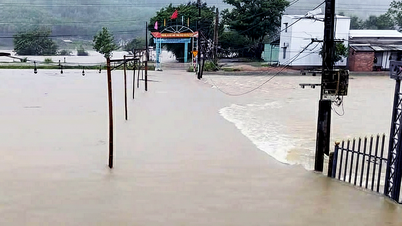





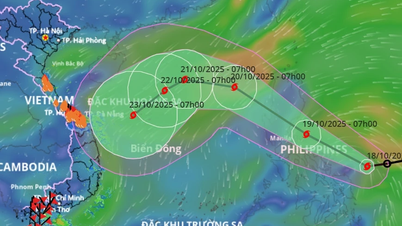





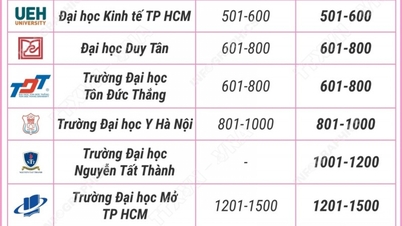






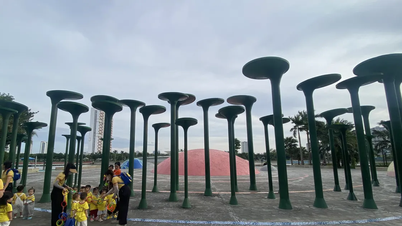
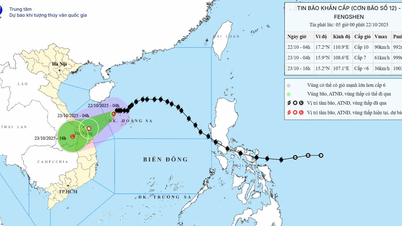



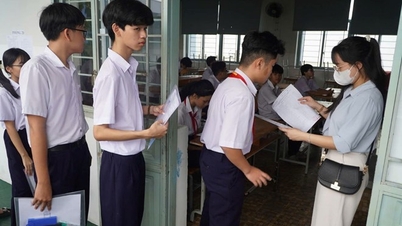

![[Photo] Prime Minister Pham Minh Chinh meets with Speaker of the Hungarian National Assembly Kover Laszlo](https://vphoto.vietnam.vn/thumb/1200x675/vietnam/resource/IMAGE/2025/10/20/1760970413415_dsc-8111-jpg.webp)



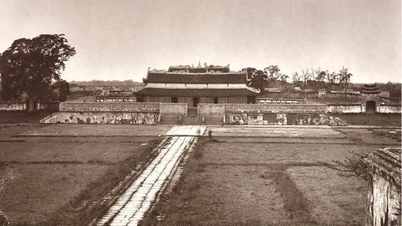

















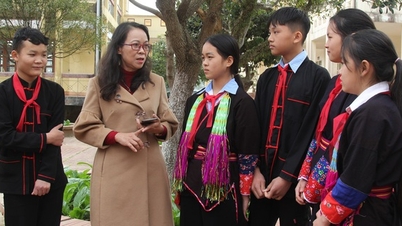








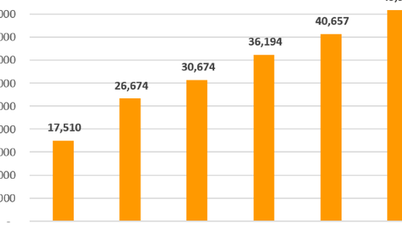











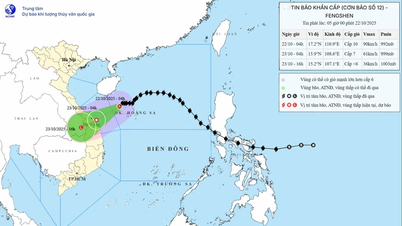
























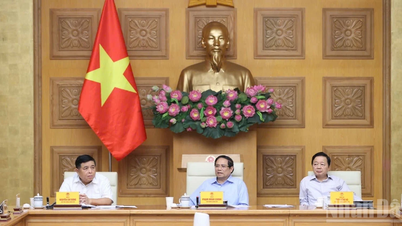
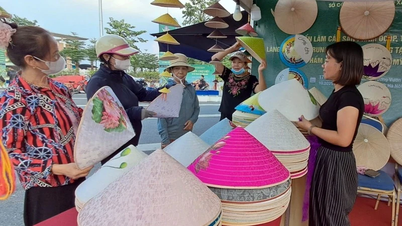







Comment (0)